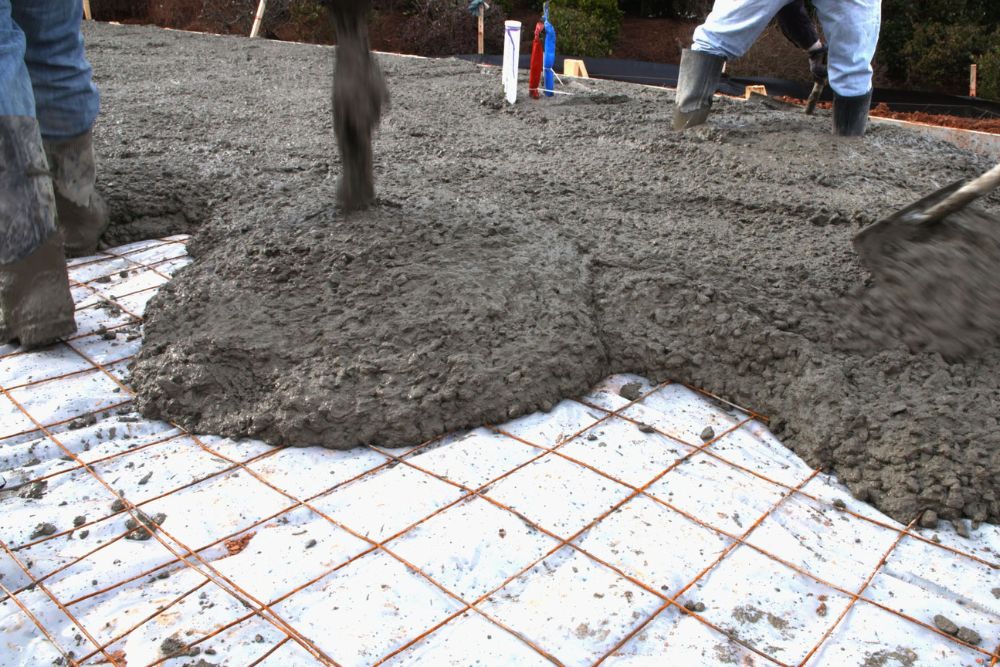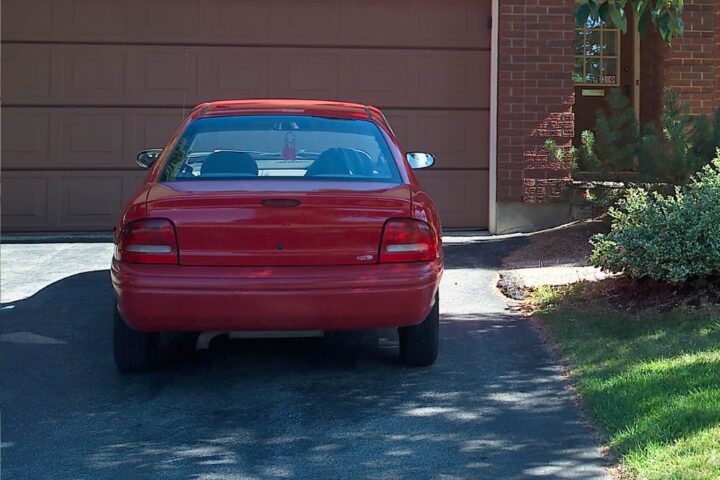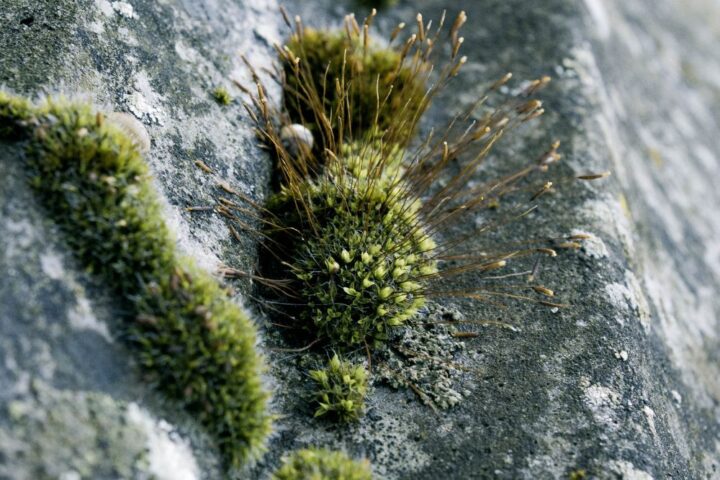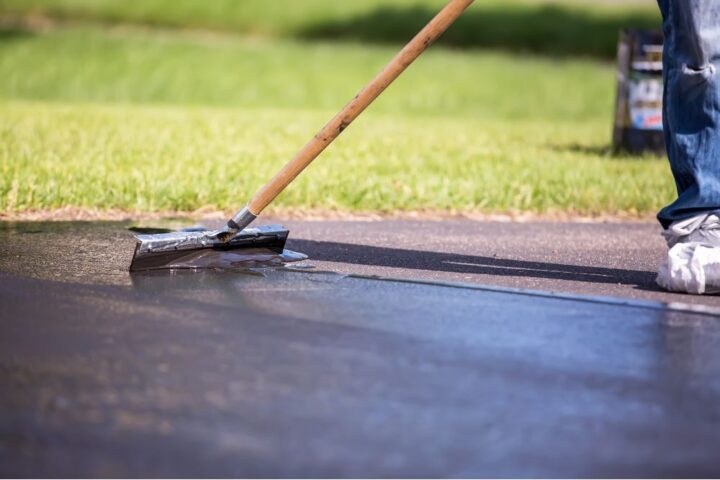Imagine standing on a blank canvas, ready to create a work of art that will not only withstand the test of time but also catch the eye of anyone who passes by. That’s exactly what happens when an exposed aggregate concrete driveway is poured in Melbourne. The process involves a careful blend of precision and technique, resulting in a stunning surface that showcases the beauty of natural stone.
But how exactly is this masterpiece created? Well, let’s uncover the secrets step by step, from the initial preparation to the final finishing touches.
Preparation and Excavation
To begin the process of pouring an exposed aggregate concrete driveway in Melbourne, you’ll need to prepare the site and perform the necessary excavation. Before digging, it’s important to conduct soil testing to determine its composition and stability. This will help ensure that the soil can adequately support the weight of the driveway and prevent any future cracking or sinking issues.
In addition to soil testing, there are also environmental considerations that need to be taken into account. It’s crucial to assess the impact of the construction on the surrounding environment and take steps to minimise any potential harm. This may involve implementing erosion control measures, such as installing silt fences or sediment basins, to prevent soil runoff into nearby waterways. It’s also important to properly dispose of any excess soil or construction waste in an environmentally responsible manner.
Once the necessary preparations have been made, the excavation process can begin. This involves digging to the correct depth and compacting the soil using a tamper to create a stable base for the driveway. It’s also worth considering the option of reusing old concrete during the preparation process, as this can help reduce waste and save on costs.
Formwork and Reinforcement
Using timber formwork and reinforcing with steel mesh or rebar are essential steps in ensuring the strength and durability of an exposed aggregate concrete driveway. Here are four important aspects to consider during the formwork and reinforcement process:
- Formwork design: Proper formwork design is crucial for achieving the desired shape and dimensions of the driveway. It involves careful planning and measurement to ensure that the formwork can contain the concrete during pouring.
- Reinforcement spacing: The spacing of the steel mesh or rebar within the formwork is important for adding strength to the concrete. The reinforcement should be evenly distributed to prevent cracking and provide structural integrity.
- Material selection: Choosing the right materials for the formwork and reinforcement is essential for achieving a high-quality driveway. Timber formwork is commonly used due to its versatility and ease of installation, while steel mesh or rebar provides the necessary reinforcement.
- Construction techniques: Skilled installation of the formwork and reinforcement is crucial for a successful exposed aggregate concrete driveway. The formwork should be securely attached to prevent any movement during pouring, and the reinforcement should be properly placed and secured.
Mixing and Pouring the Concrete
Now that the formwork and reinforcement are in place, it’s time to move on to the next step: mixing and pouring the concrete for the exposed aggregate driveway.
When it comes to mixing the concrete, a ratio of around 70% aggregate and 30% sand is typically used. This ensures a thick consistency that will provide strength and durability to the driveway. The concrete mixture is poured evenly over the prepared base, using a truck, wheelbarrow, or other appropriate method to ensure uniform coverage. As the concrete is being poured, a screeding tool is used to flatten it while it’s still wet, creating a smooth and level surface. To shape the driveway, the poured concrete is directed into a wooden form that outlines the desired dimensions and contours. Proper levelling techniques are employed to ensure a smooth and even surface, enhancing the overall finish of the exposed aggregate driveway.
When it comes to colour options, the concrete can be mixed with pigments to achieve the desired hue. This allows for customisation and the ability to match the driveway to the overall aesthetic of your home.
Exposing the Aggregate
To achieve the desired exposed aggregate finish on the driveway, the next step involves applying a chemical surface retarder that slows the setting of the concrete. This process allows for easier removal of the surface mortar to reveal the decorative aggregate beneath.
Here are the steps involved in exposing the aggregate:
- Application of surface retarder: The chemical surface retarder is evenly sprayed onto the freshly poured concrete. This retarder delays the curing process of the concrete, allowing for the subsequent removal of the surface mortar.
- Allowing the retarder to work: After applying the surface retarder, it needs time to penetrate the concrete and slow down the setting process. The amount of time required depends on various factors, such as weather conditions and the desired level of aggregate exposure.
- Washing and brushing the surface: Once the surface retarder has done its job, the exposed aggregate can be revealed by washing and brushing the surface. This process removes the surface mortar and exposes the decorative aggregate beneath.
- Aggregate exposure techniques: Different techniques can be used to achieve varying levels of aggregate exposure. The depth of washing and brushing can be adjusted to create a more or less exposed aggregate finish, depending on the desired aesthetic.
Using these surface treatment methods, such as applying a chemical surface retarder and washing the surface, concreters in Melbourne can achieve the desired exposed aggregate finish on concrete driveways. This technique not only enhances the visual appeal but also improves the durability of the driveway.
Curing and Sealing the Driveway
To ensure the proper hydration and strength development of the concrete, curing is a vital step in the process of pouring an exposed aggregate concrete driveway in Melbourne. The curing process involves keeping the concrete moist for at least 7 days. This allows the concrete to fully hydrate, resulting in a stronger and more durable driveway. By maintaining the right level of moisture, the driveway can resist cracking and other forms of damage that can occur due to improper hydration.
Once the curing process is complete, it’s important to seal the driveway to enhance its durability and protect against stains. Sealing techniques involve applying a high-quality concrete sealer to the surface of the driveway. Sealers can be either solvent-based or water-based, with water-based options being more eco-friendly and easier to apply.
Regular sealing every 2-3 years is necessary to maintain the appearance and longevity of the driveway. This helps protect the surface from UV rays, water, and chemicals that can cause damage over time. Additionally, sealing enhances the colour and texture of the exposed aggregate, providing a glossy or matte finish based on personal preference.
Conclusion
In conclusion, the process of pouring an exposed aggregate concrete driveway in Melbourne involves careful preparation, strong reinforcement, and precise pouring techniques.
The aggregate is then exposed using various methods, and the driveway is sealed for protection and added grip.
Regular maintenance, such as cleaning, resealing, and prompt repairs, ensures the durability and visual appeal of the driveway.
If you’d like to get a new concrete driveway, be sure to contact us on 0403 292 005 or email luke@smoothconcrete.com.au.




